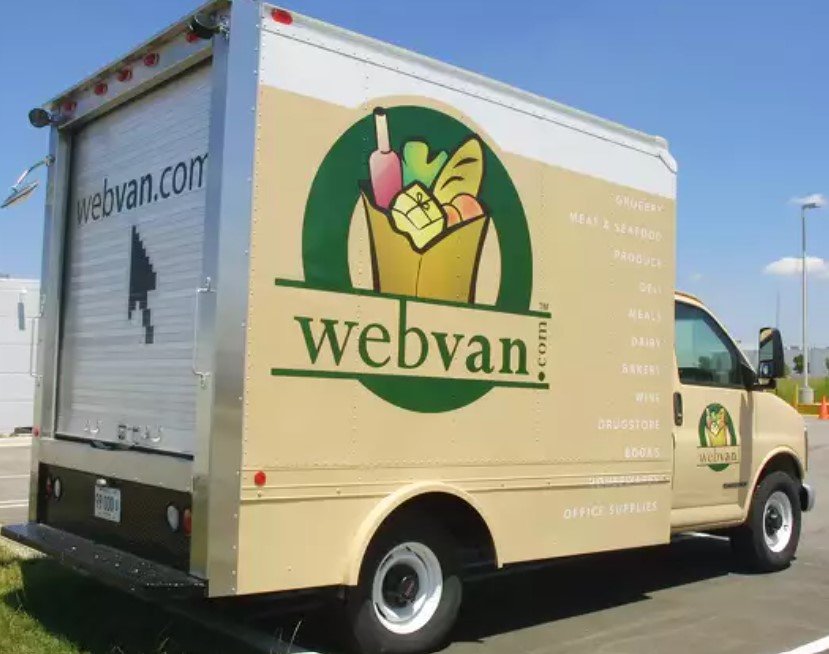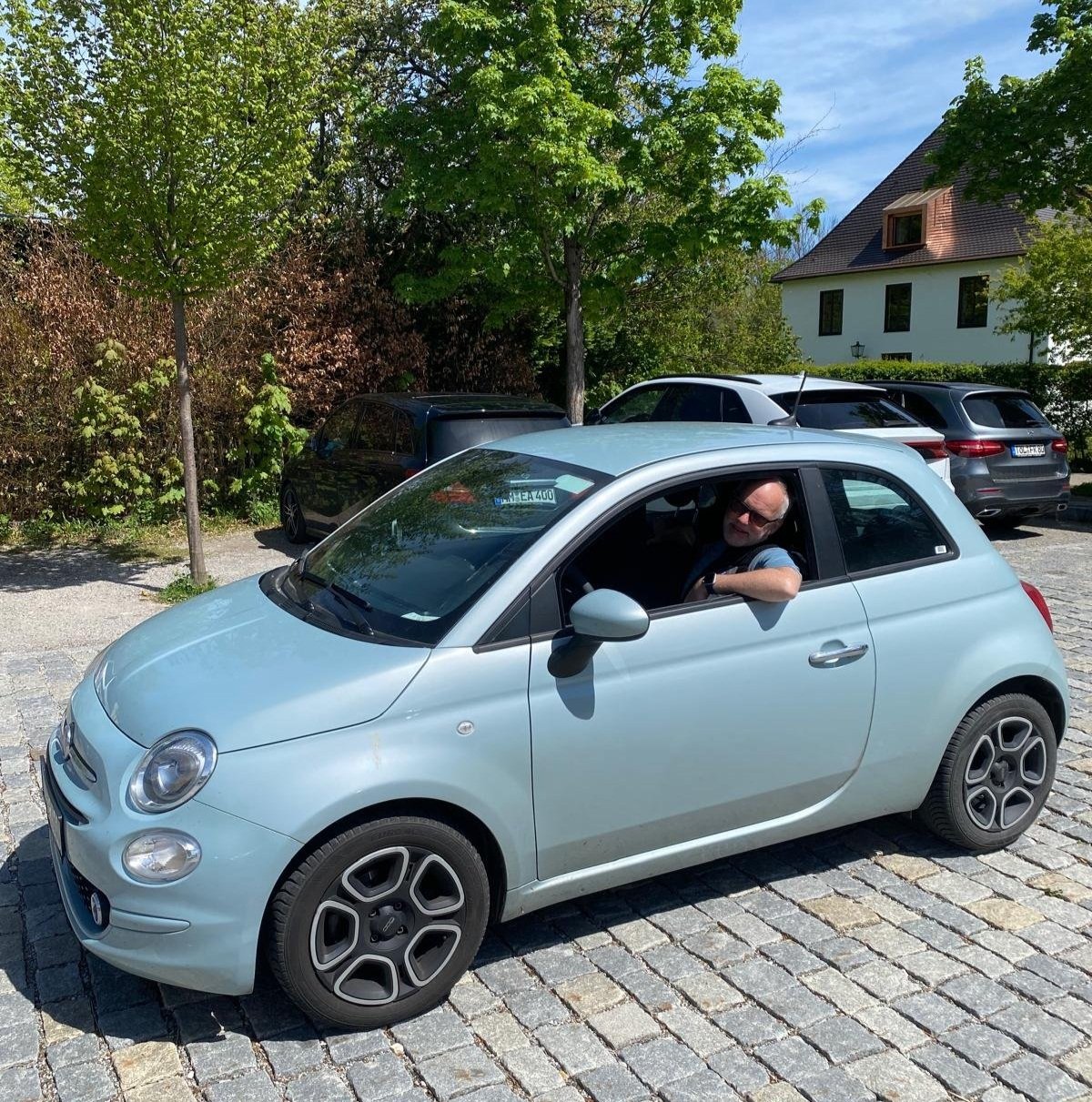Six Years Inside the Automotive Innovation Pipeline: What I Learned
When I agreed in 2012 to serve as Faurecia’s Silicon Valley technology scout and strategic adviser, I was quite ambivalent about the automotive industry. At the time, the common line of thought here in Silicon Valley considered automotive as a dinosaur industry – legacy car companies were on the same path as Kodak and Nokia – outmaneuvered by new entrants taking advantage of the new age of digital mobility: connected, electric, autonomous, shared. Silicon Valley was at the center of this revolution with disruptive companies like Tesla and Fisker shipping their initial products, and Google, Apple, and Uber were going to be serious contenders in the coming years.
The Prototypical Apple
As it turns out, the automotive OEMs are still here and thriving, while many of the Silicon Valley company efforts have hit road blocks - some have even been completely abandoned. Continuous innovation and disruption is nothing new in the automotive industry – in fact, it may have inspired how Apple does business. After all, both cars and smartphones:
- Are designed by their brand owners but built by contract manufacturers, with most of the value captured by the brands.
- Are reliable for daily use over a number of years.
- Contain brand and model affinity to the point that consumers pay more for a given brand when compared with a generic product with the same essential functionalities.
- Are replaced on an annual basis with regular new product announcements
The first and last bullets are really the most important from a corporate culture perspective. Both automotive and smartphone brand owners use contract manufacturing to create the supply chain competition that continuously lowers costs and increases quality. Both the smartphone industry and automotive industry are obsessed with annual cycles of innovation in design and features to entice customers to replace their perfectly functional models that can, literally overnight, seem out of fashion and behind the times.
I don’t agree that Apple is in a position to out-innovate Mercedes Benz. Both companies are innovating at a frenzied pace. MB has done so since 1901, Apple came to the scene a little later…
Silicon Valley Impact
It is true that Silicon Valley has had an extraordinary impact on the automotive industry in recent years. Back in 2012, Silicon Valley was a development backwater for automotive, with OEM outposts here consisting of a few Stanford PhD’s studying user interfaces or a team of engineers working on smartphone integration.
Today, the Silicon Valley development lab is a serious component of every automaker’s global R&D investment and our area has become the global epicenter for developing autonomous driving technologies.
The automotive industry has also embraced the concept of “open innovation”, which includes partnering with outside startups to adapt new technologies and test out new business models. In the past six years, nearly every OEM and tier one supplier has announced the opening of a new tech center in Silicon Valley. This innovation focus is still a work in progress for most companies. It may take another six years before we can clearly distinguish those efforts that yielded real business impact from the rest, which involved mainly innovation theater (ping pong tables, Nespresso machines, and fancy VR labs).
The xWorks Model
Nowadays, every Fortune 500 corporate has an innovation outpost in Silicon Valley. I met the leaders of many of these centers and have not yet come across an innovation model as efficient and effective as Faurecia’s xWorks.
The complaints among local innovation center executives have these common refrains:
- “We here in San Francisco are really “cool”, but our senior management back at headquarters just don’t get it…”
- “I came across a ton of interesting startups but can’t seem to get anyone in the business units interested in engaging.”
- “What can I measure to justify my big budget open innovation center? My CFO doesn’t seem convinced I provide enough business impact for what she’s spending on me.”
The xWorks model strives to inoculate itself from these common complaints.
Faurecia’s most advanced innovation center was located in Holland, Michigan, which provided enough strategic distance (a three-hour drive) to avoid daily distractions from its mainline development center in the Detroit area, yet not too far away to be in the “strange planet” category (aka Silicon Valley).
xWorks staff were a cross-functional team of respected automotive veterans, and assignments were regularly rotated with the business units to ensure cohesion with the teams that got the real work done. The xWorks culture also encouraged regular exposure to outside perspectives – this was provided by long term contractors (including myself, who provided the Silicon Valley view and connections). Eventually, we built a global scouting network that established listening posts in Silicon Valley, Boston, Canada, Israel, and China.
Costs were kept low while capability was high – salaries in West Michigan are far lower than Silicon Valley, and mechanical engineering capabilities are far easier to find there.
Ultimately, xWorks existed to deliver to the business units and prospective OEM customers a constant stream of de-risked product concepts and prototypes. The common refrains of the corporate antibodies (“it won’t work in the car” and “nobody wants this”) were eliminated, and instead, the refrain became, “how soon can I sell it?”
Seamless is the Future
Silicon Valley is the premier spot in the world to meet startups – not just the local ones, but also those that are visiting in order to gain publicity, market access, or tap investor capital. As I assembled my weekly scouting report, it occurred to me that I could just as well scout for multiple companies with minimal extra effort.
One Silicon Valley compay that has applied this concept extremely successfully is Plug and Play Accelerator. Originally a real-estate play to provide office space to growing startups, it now derives most of its revenue from its 220 corporate sponsors, providing an unmatched quantity of early stage startup targets located throughout the world. This quantity is an asset, but also a major liability. Startups are shopped to multiple competing corporates at the same time, and the resulting quality of interaction is low, both from the corporate and startup perspective. Despite its shortcomings, Plug and Play should be considered an important feeder into any corporate open innovation program.
The leaders of xWorks also envisioned a model for corporates pooling their resources, but wanted to increase the quality of interaction with startups. As a result, they created the Seamless Accelerator. Seamless is “the nation’s leading multi-industry, multi-channel, proof-of-concept laboratory,” with “global leaders of industries including: mobility, retail, health, and home”. The consortium includes Steelcase, Faurecia, Meijer, Amway, PriorityHealth, Spectrum Health, and local investor Wakestream Ventures.
When startups are admitted into Seamless, they don’t get coached on creating compelling pitch decks or how to apply the Lean Startup process– they are assigned to work with senior engineers at a minimum of two local corporate partners to work on a commercial project. For early stage startups, the sales cycle for getting corporates to commit on their first engagement is notoriously slow. At Seamless, it is near-instantaneous. For this reason, I have even had Series B funded Silicon Valley startups being quite eager to join the accelerator.
Corporate partnerships such as Seamless are the future for open innovation programs. They provide a virtuous circle of wins:
- Corporates can pool their resources with trusted partners in non-competitive industries
- Startups can get instant traction with multiple corporate customers
- Investors gain a better understanding of the startup’s prospects related to providing unique intellectual property and delivering on operational milestones.
No Kodak Moment
Overall, I conclude that there will be no “Kodak Moment” in automotive. The industry is obsessed with innovation, as well as safety and reliability, I might add, an area where our local players still have a learning curve. It is true that six years ago the automotive industry had its head stuck in the sand, especially in the areas of autonomous driving and electrification. In reaction to entries by Tesla and Google, the industry has responded with a new openness to outside ideas and partnerships. Today, the large corporate OEMs and suppliers in the automotive industry may in fact be models for showing Fortune 500 companies in other industries how to successfully navigate in the age of digitalization and disruption.
Read our Prior Blog posts:






















